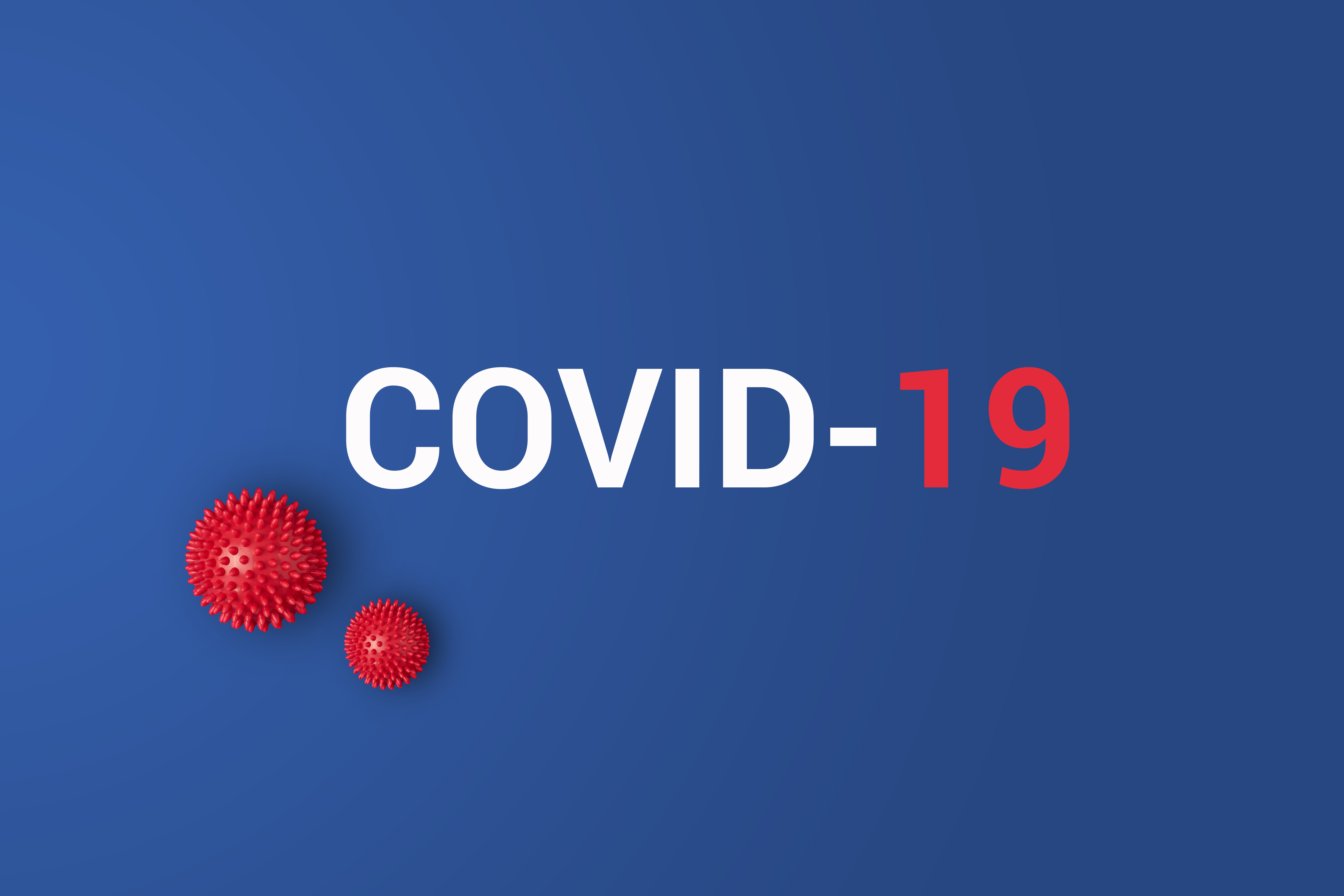When the spread of COVID-19 started to affect the University of Connecticut, the state, and the country, Ranjan Srivastava, department head for Chemical and Biomolecular Engineering, knew he had to spring into action.
Drawing on his previous work in mathematically modeling how the Hepatitis B virus spreads, Srivastava realized he could apply the principles of what he knew to the behavior of COVID-19, which could be useful to other researchers and drug companies.
“COVID-19 is caused by the coronavirus SARS-CoV-2. Our goal is to mathematically model how the virus replicates within an infected cell and how the infection spreads within the human body,” Srivastava says. “If we can model how the virus replicates, we can identify the best drug targets to interrupt that process.”
While researchers have been specializing and doing parts and pieces of what Srivastava is doing, what sets his models apart is looking at the virus as a whole, through the lens of the virus as a complete system.
“I think the system idea is best explained via an analogy. Imagine you have a car that is completely taken apart and all the pieces are laid out in front of you. You could have one person who studies tires and is an expert in them, another who is an expert in seat belts, a third expert in catalytic converters,” Srivastava says. “However, only by studying all the pieces together can one actually understand the purpose of a car and how it works. It is the same way with viruses.”

By taking a wide, systems approach, Srivastava says the results will be significantly more helpful as we race towards identifying antivirals and creating vaccines.
“We have developed an approach that directly links what is happening within cells to how infected cells, uninfected cells, and viral particles interact in a person resulting in much more accurate models,” he says. “Coupling the intracellular scale and intercellular scale is what makes our simulations multi-scale in nature.”
The research, which is being done through a one-year, $130,000 National Science Foundation Rapid Response Research (RAPID) grant, will be carried out by Srivastava and his team through coding and running simulations. All of their work will be publicly available for any researcher to use.
While the final product is about a year away, Srivastava expects to have some crude simulations available in about six to eight weeks, allowing drug researchers to simulate different combinations of solutions against the virus.
“Oftentimes, a combination of drugs is the best approach to treating viruses. However, viruses can be very complex, and it is not always clear what combination will have the strongest impact,” Srivastava says. “The benefit of our approach is we can rapidly identify good drug combinations and immediately use medicine that is already available on the market.”
Most importantly, Srivastava is thankful he can play a role in fighting the virus that has affected so many.
“Part of the reason I became an engineer and a teacher was to give back to society,” he says. “Being able to be part of this battle and to hopefully make some positive contribution for humanity is truly an honor and a privilege. While that may sound trite and clichéd, I truly and sincerely mean it.”
This research was funded from NSF grant #2027291



